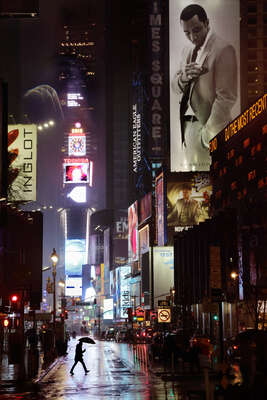

Realist and Photorealist Art
Realism in art spans genres, movements, and styles, eluding any easy definition. Realist art comprises both a distinct art movement of the mid-19th century and a rich artistic style, while photorealism and hyperrealism arose from the manifold ways in which photography has changed painterly perception and technique. Explore our curators' selection of artworks composed in realist style.
Realist Art
Realism in Art
Realism in art includes two different things: the movement of realism from the 1850s and the artistic style of realism in a naturalistic, realistic way. You can observe the latter already in antiquity at marble sculptures with naturalistic, human proportions or the use of the central perspective in the Renaissance. In art historical terms, realism is located between classicism and romanticism on the one hand, and impressionism on the other.
But realism also remains a theme in more recent art history: photorealism and hyperrealism play with our perception through their scrutinous attention to detail and provide a meta-commentary on mediality and the processing of art and reality.
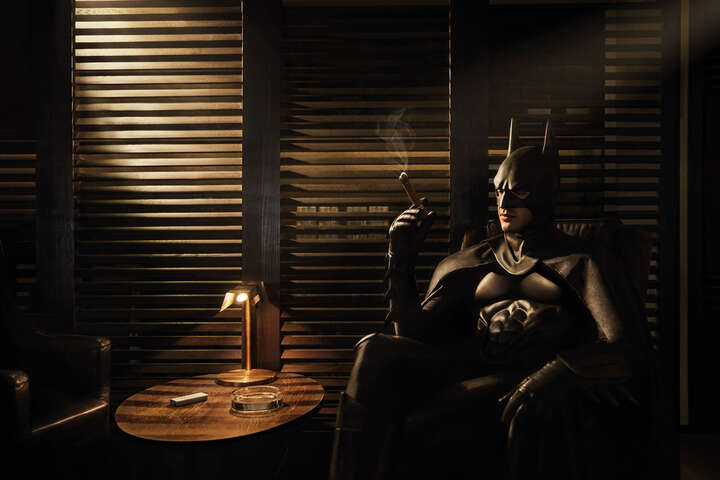







Characteristics of Realism
Paradoxically, the realism of the 19th century did not focus on realistic painting, but on the representation of social realities. The increased interest in lower classes of the population and grievances of the working class led to labor and social reforms in many European countries, from which we still benefit today. These achievements were, for example, the eight-hour day or financial support in case of unemployment and illness. Accordingly, the motifs of the realists such as Gustave Courbet or Adolph Menzel were simple people, workers and everyday scenes. Other stylistic features include:
- En-plein-air painting, i.e. painting outdoors
- No idealization or exaggeration
- The depiction of people is characteristic, although not necessarily naturalistic
- Muted color scheme, lots of ochre and brown tones
- Play with light and shadow
- Self-conscious artist personality expressed in paintings
- No more strict formal rules
- Modern tools such as photography support the artists in their work
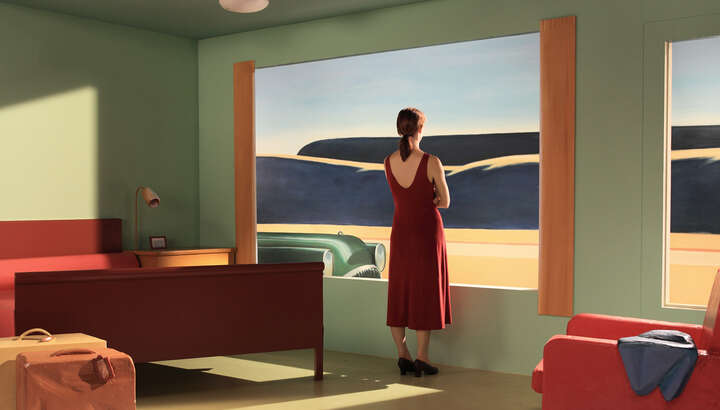



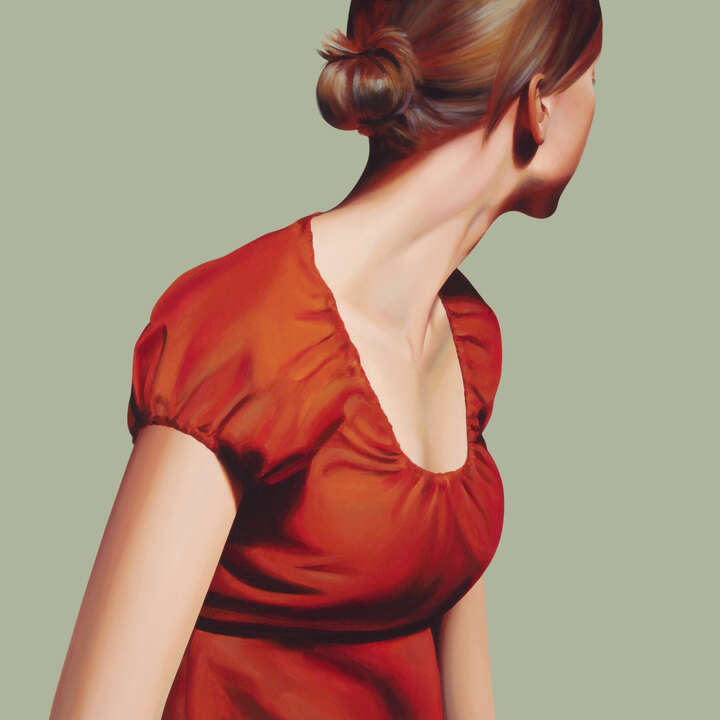









Famous Realist Artists
The Frenchman Gustave Courbet is considered the main representative of realism in France with his painting A Burial in Ornans from 1850. At the time, the painting's monumental format of nearly three by seven meters was intended exclusively for history paintings and not for genre paintings. Its depiction of a village scene, in which all the people depicted are lined up on the canvas on roughly equal terms, was revolutionary. Whether priests, gravediggers, or mourners, all present are given a place in the village community, which broke with the academic conventions of the time in its emphasis on the everyday.
Other well-known French realists are : Jean-François Millet, Eugène Delacroix and Constant Troyon. In Germany, the painters Adolph Menzel, Ludwig Knaus, and Franz von Defregger were especially concerned with realistic art. Despite very different artistic signatures, the subjects of their paintings were similar: peasants, simple people, factory workers, and genre paintings. The turn to everyday scenes was to continue especially in Impressionist art towards the end of the 19th century.




Photorealism und Hyperrealism
To this day, artists are concerned with realism and realistic modes of representation. Whether as a means of design or to provide socially critical commentary. In the 1960s, photorealism developed. Also pop art can contain (hyper)realistic elements. As the name suggests, the works of photorealism are deceptively real, worked like photographs. Often thereby in larger-than-life format and with meticulous processing of details that are difficult to represent with painterly means. The subjects are often everyday situations, cityscapes or portraits.
Discover contemporary artists at LUMAS who masterfully play with realism and photorealism with impressive results. The koi carps of Susanne Wehr look like photographs at first glance, but they are carefully and labor-intensively created digital vector graphics that take an anonymous photograph as their starting point. At a distance, her works are deceptively realistic; upon closer inspection, we recognize the abstract color areas that give us the illusion of photorealism.
In hyperrealism, the photorealistic mode of representation is still pushed to the extreme and there is an exaggeration to artificiality of the represented, which can also turn into the uncanny. Jeff Koons is one of the most important contemporary representatives of this direction.
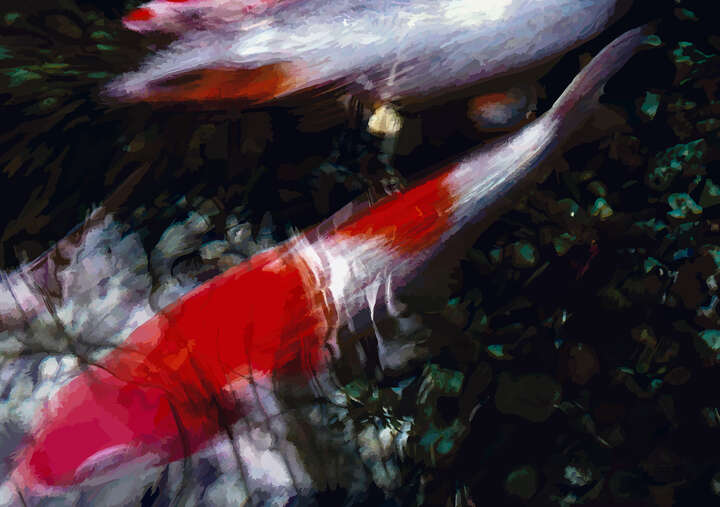
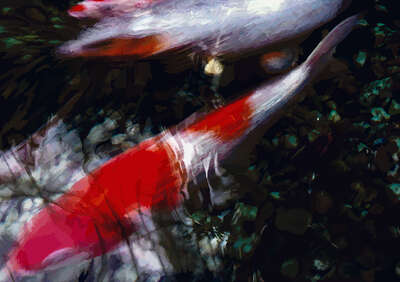


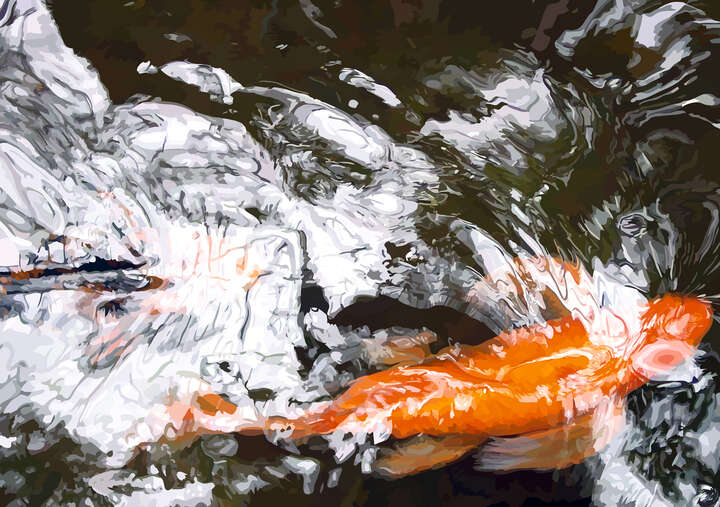
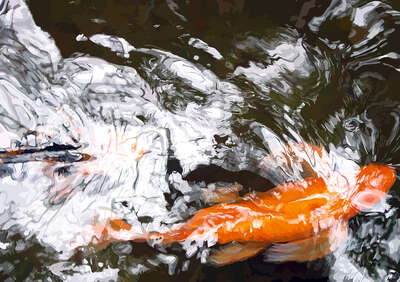

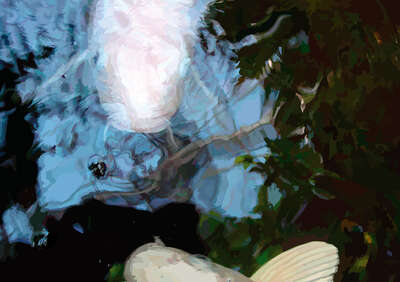




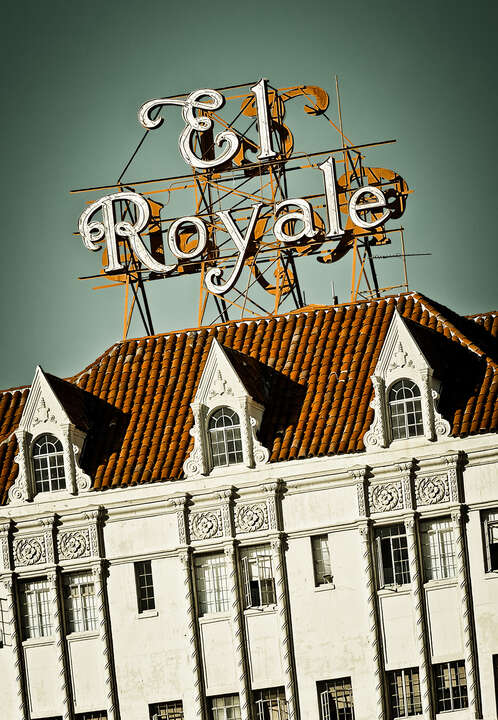








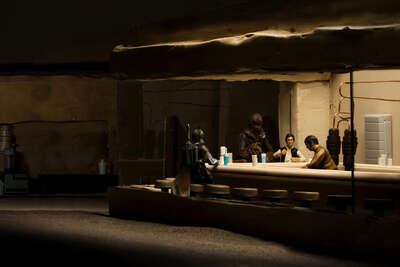


Timeline of Realist Art
| 1848 | In the revolutionary year, workers' organizations and trade unions group together in Germany to work for the improvement of working and living conditions. |
| 1850 | Gustave Courbet's large-scale work A Funeral at Ornans is created. Breaking with the rules of academic art, this painting was to become one of the major works of realism. |
| 1857 | The Ears of the Corn by Jean-François Millet thematizes the peasant working world and subtly highlights social hierarchies. |
| 1872-1875 | Adolph von Menzel paints his most famous work The Iron Rolling Mill (Modern Cyclops). Menzel criticizes with his painting the inhumane working conditions in heavy industry. |
| 1830-1890 | In the village of Barbizon near Paris, famous artists regularly meet and paint mainly landscape paintings, which in their loose design already prepared the way for Impressionism. |









